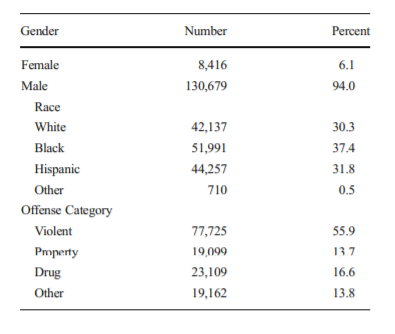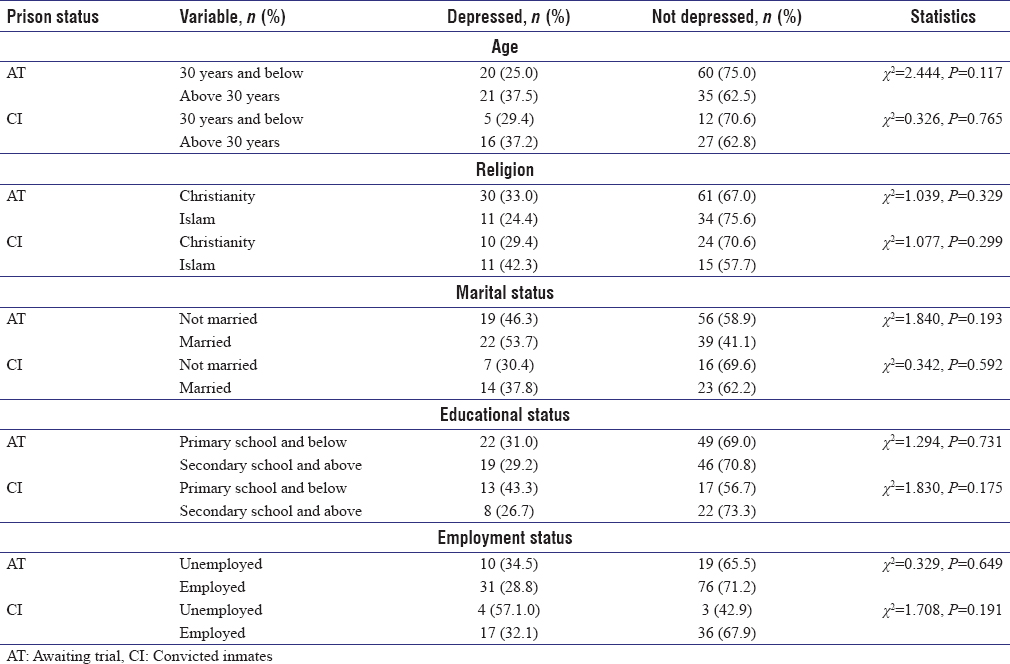Introduction
The topic of incarceration, the living conditions of prisoners, the fairness of punishment, and the meaning of imprisonment are one of the key topics of public discussion. Throughout history, jails remained the most common form of penalizing criminals in all countries. Nevertheless, the uncontrolled growth of the number of prisons in itself can cause certain difficulties that, in practice, deprive the penitentiary system of its educational and punishable function. It is often the case when in prison, convicts are exposed to even greater risks of behavioral disorders. Moreover, governmental expenditures on such facilities are also high, and their cost-effectiveness is questionable. The relevance of this topic comes from the fact that in recent years even the number of incarcerated populations has rapidly grown. Therefore, it is worth discussing if prisons are effective in making criminals better for society or do they make them worse.
Economic Aspects
First of all, it is important to review all financial factors that are connected with correctional facilities. For instance, several researchers doubt if spending money on prisons is beneficial and note that “investments in incarceration are unlikely to be cost-effective” (Council of Economic Advisers, 2016, p. 4). The reason for this is that in such detention centers, there is increased income inequality, as well as poverty, which can provoke new offends. Moreover, according to Chirakijja (2018), “prisons are unlikely to bring substantial boosts to the local economy and, second, the development needs and aspirations of local communities” (p. 39). For this reason, instead of putting more money into building new jails, it would be more advantageous to spend them on rehabilitation programs. The convicted often have no financial or psychological support after their release and are in dire need of help in order to get back to society.
Nevertheless, it is unlikely that such investments will come to a halt anytime soon. This is due to the fact that as the incarcerated population grows, revenues increase for various small and large businesses. These companies usually build correctional facilities and also provide equipment, including security systems, furniture, clothing, and services, such as transportation, communications, health care, and food. These firms have a strong interest in the growing number of jails since their development and prosperity directly depend on the number of prisoners.
The prison industry also includes private enterprises that benefit from the exploitation of cheap labor that comes from these facilities. However, such a method of recruitment is ethically doubtful since companies usually employ such workers for hard labor and provide a small salary in return. Recruiting the workforce from prisons is very attractive to employers, as convicts can be made to perform a variety of jobs. In addition, it would be easier to force them to operate in conditions that are unacceptable or even illegal, including wage that is below the minimum, long hours, and many other aspects. Furthermore, such a type of labor may soon deprive common workers of jobs in a number of industries, as organized labor proves to be uncompetitive compared to its prison counterpart. For this reason, civil rights activists need to pay more attention to investments in correctional facilities and protect the rights of inmates in order to prevent them from jobs in unfair conditions.
Demographic of Prison
The population in prisons is diverse since many social and ethnic groups remain in them. However, it does not mean that all people in detention facilities are spread equally since representatives of some groups are convicted more than others. Moreover, researchers note that “population dynamics did not unfold evenly across racial groups, and in states with greater demographic divides, incarceration rates were higher than states with smaller demographic divides” (Campbell, & Vogel, 2019, p. 15). Orrick and Vieraitis (2015) provide basic statistics that included 196 incarcerated for various types of crimes, excluding punishment for substance abuse. The data is demonstrated in Table 1, which depicts that 94% of prisoners are men. Furthermore, there is a large amount of imprisoned people of color (black, Hispanic, and others) compared to white people. This information suggests that even in the 21st-century, racism still remains in criminal justice, which results in higher convicted rates among non-white people.

Moreover, another important problem that is associated with correctional facilities is a large number of mental health issues. Despite the fact that the most basic task of the prison is to isolate a criminal, such facilities cannot protect the person from unforeseen disorders. The harsh conditions in prisons can have an extremely unfavorable effect on psychological well-being, which cannot be compensated for in any way. This is an important issue as well since mental health disorders have an impact not only on prisoners but also on their family members and other members of society. In fact, in cases where incarcerated did not receive any support in such matters, there is a high risk of criminal repeat offenses after release. Majekodunmi et al. (2017) provide data on the rate of depression among inmates, which demonstrates that social factors, such as age, religion, marital, educational, and employment status, also have a big impact on the psychological stability of those who remain in prisons.

School vs. Prison
While the government and businesses continue to put more investments into correctional facilities, education receives significantly less financial help. In addition, as was stated earlier, the population of inmates grows with each year. The issue of whether or not the level of education influences the number of criminals raises discussions among researchers. For instance, Bagnall et al. (2015) argue that “peer education interventions are effective at reducing risky behaviors” (p. 290). For this reason, it can be assumed that if the government invests less money into the prison system and more money in the public school system, crime and high school dropout rates will decrease. In other words, educated people are more likely to get higher-paying jobs; therefore, there would be no need to commit robberies and burglaries.
In conclusion, it would appear even though correctional facilities are meant to not only protect people from criminals but also offer them a chance to improve. Nevertheless, stressful conditions, hard and low-paying labor, and mental problems are interfering with that process and make criminals even worse, which endangers society more. Investing money into education and the creation of rehabilitation centers instead seems like an appropriate solution instead of putting more money into building more jails. In this way, there would be lesser people in prison and those who were convicted will get a second chance in life.
References
Bagnall, A. M., South, J., Hulme, C., Woodall, J., Vinall-Collier, K., Raine, G., & Wright, N. M. (2015). A systematic review of the effectiveness and cost-effectiveness of peer education and peer support in prisons. BMC Public Health, 15(1), 290.
Campbell, M. C., & Vogel, M. (2019). The demographic divide: Population dynamics, race and the rise of mass incarceration in the United States. Punishment & Society, 21(1), 47-69.
Chirakijja, J. (2018). The Local Economic Impacts of Prisons. Unpublished manuscript.
Council of Economic Advisers. (2016). Economic Perspectives on Incarceration and the Criminal Justice System.
Majekodunmi, O. E., Obadeji, A., Oluwole, L. O., & Oyelami, R. O. (2017). Depression in prison population: demographic and clinical predictors. Journal of Forensic Science and Medicine, 3(3), 122.
Orrick, E. A., & Vieraitis, L. M. (2015). The cost of incarceration in Texas: Estimating the benefits of reducing the prison population. American Journal of Criminal Justice, 40(2), 399-415.